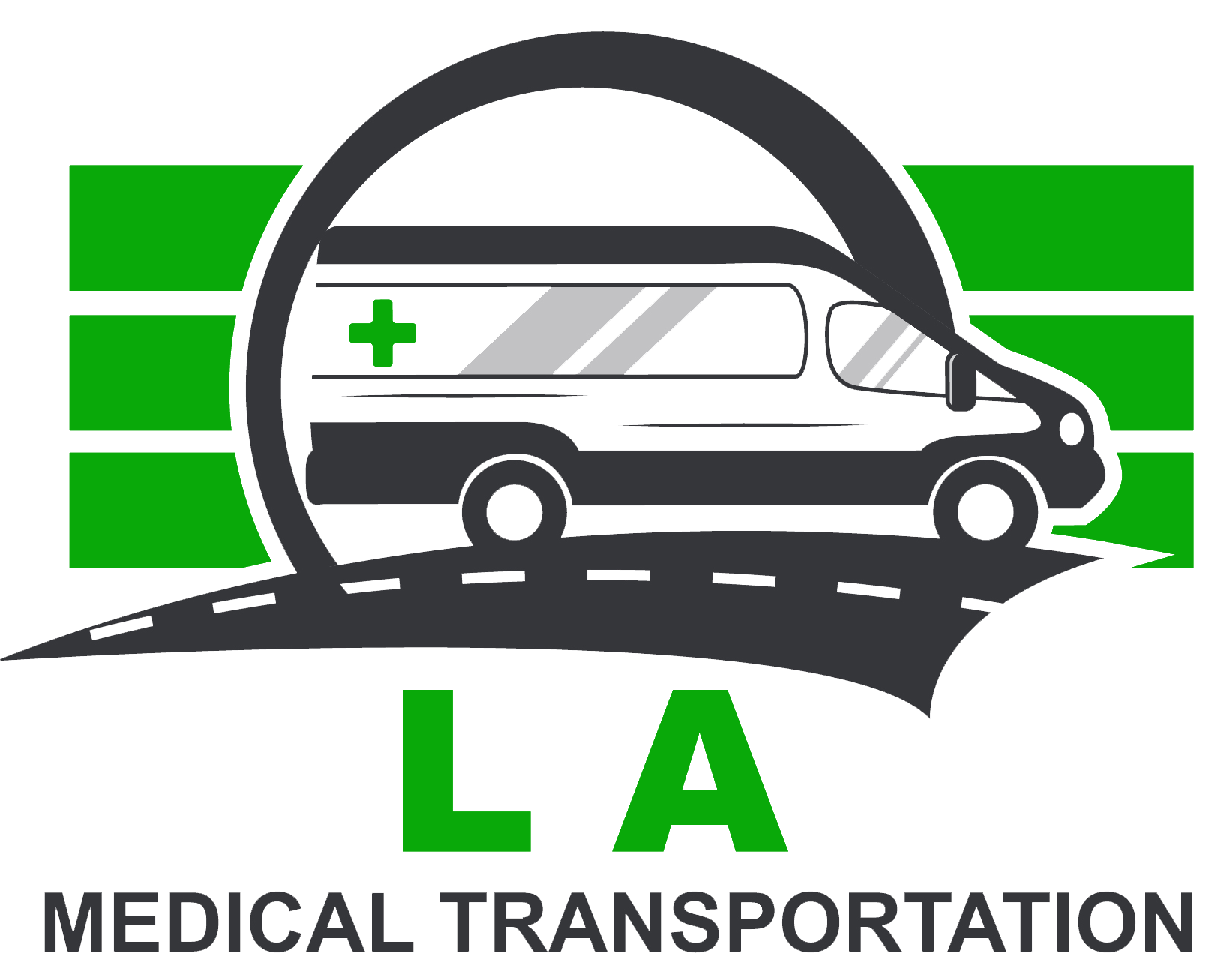A magical doorway leading to independence and equality materializes in the realm where the transformational power of wheelchair-accessible transportation is unfolded. This gateway is crucial in tearing down barriers and creating a world rooted in inclusivity. The difficult path that peoples with mobility issues must endure, starting at point A and ending at point B, all too frequently transforms into an impassable mountain of hurdles.
Nevertheless, the unchanging spirit of LA Medical Transportation Services becomes a catalyst that opens an array of limitless possibilities when equipped with the profound wisdom to recognize and address the problems deeply ingrained in our transportation systems.
Improving infrastructure and transportation systems
The cradle of infrastructure and transport systems serves as the foundation of accessibility, pulsating with life to guarantee the freedom and mobility of people with disabilities, particularly those who rely on wheelchairs. It is crucial to focus on the augmentation of these systems to overcome obstacles and promote inclusion.
A novel sense of accessibility may be infused into the current web of transportation hubs, including bus stops, railway stations, and airports, by adding wheelchair-friendly features like ramps, lifts, and a network of painstakingly built walkways.
Working closely with automakers to develop vehicles with features such as lowered floors, ramps or lifts, and firm wheelchair restraint systems paves the way for an uninterrupted life for those who use wheelchairs.
Moreover, harnessing the potential of cutting-edge technologies, including real-time accessibility information applications, automated announcements resonating with the symphony of inclusivity, and adaptive traffic signals, propels the efficiency and navigability of wheelchair-accessible transportation systems to soaring heights.
Increasing the availability of wheelchair-accessible vehicles
For those with mobility limitations, the regrettable lack of wheelchair-accessible cars frequently poses a severe threat by imposing significant barriers. Numerous actions can be taken to remove this barrier and offer accessible transportation options.

By encouraging successful partnerships between transport agencies and private businesses, more wheelchair-accessible vehicles can be purchased and provided, increasing the range of alternatives available to wheelchair users.
Giving taxi and ride-sharing companies incentives, such as tax breaks or subsidies, for maintaining and using a fleet of wheelchair-accessible vehicles can inspire them to improve their services in this area.
Exploring new waters and plotting the route for innovative solutions, like peer-to-peer accessible vehicle-sharing systems, optimizes currently accessible vehicles.
Addressing financial constraints and reducing costs
Financial limitations frequently become a considerable obstacle preventing access to wheelchair-accessible transportation, holding them in a vice-like grip. People with disabilities can luxuriate in embracing increased independence and untapped prospects by facing these difficulties head-on.
Governments can give subsidies or grants to people and organizations, taking on the role of donors while carefully minimizing the costs associated with purchasing or altering vehicles to be wheelchair accessible.
Users’ financial burden can be lessened by collaborating effectively with insurance companies to bring in a world of full wheelchair-accessible vehicle coverage, encompassing maintenance and repairs.
A symphony of generosity produced by non-profits, community organizations, and corporations can come together to develop funding programs, lending a helping hand by providing financial aid to people wishing for wheelchair-accessible homes.
Final Thoughts
We can create a more inclusive and equitable society by addressing the barriers that individuals with mobility challenges face. Improving infrastructure, increasing the availability of accessible vehicles, addressing financial constraints, and promoting awareness and understanding are crucial steps toward achieving this goal.
When barriers are overcome, individuals with disabilities gain independence, freedom, and the ability to participate fully in society. Accessible transportation enhances their quality of life and contributes to their social, educational, and economic opportunities.

